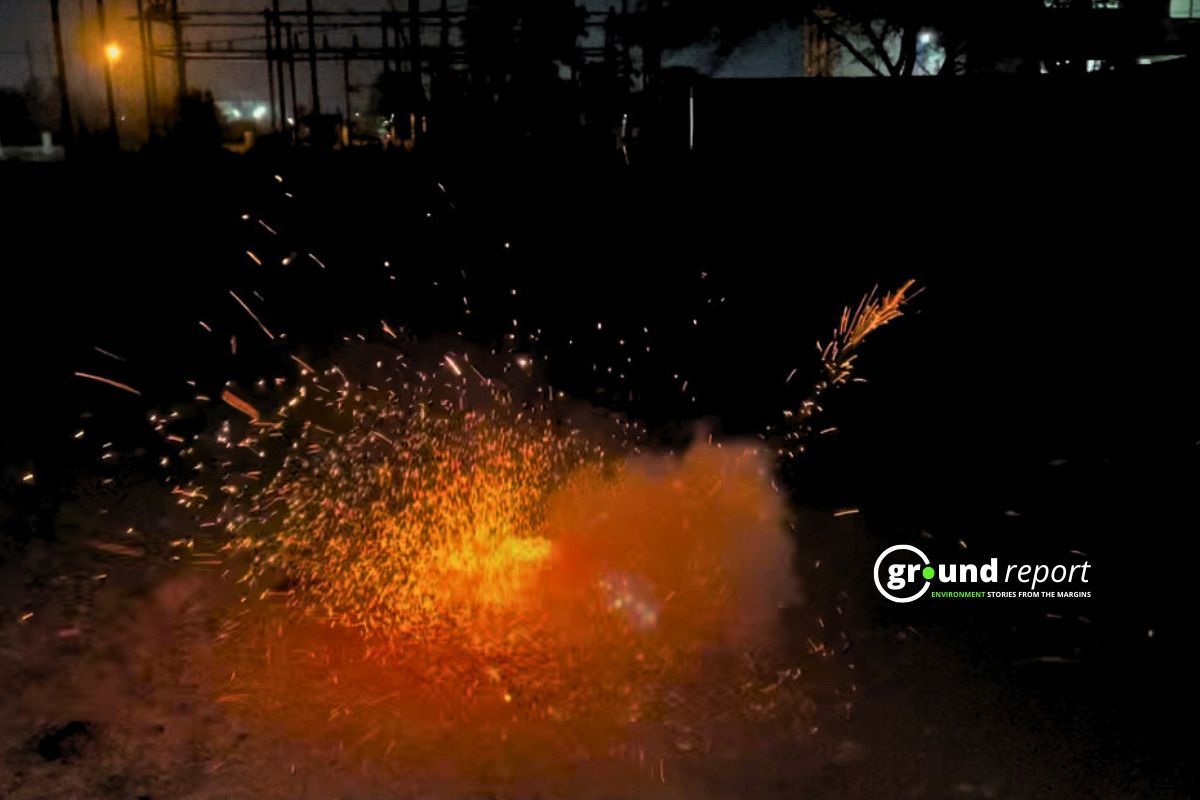In April 2025, a new study unsettled claims about genetically modified (GM) crops cutting chemical use. Published in the Journal of Agrarian Change, the research found that GM crops have deepened agriculture’s dependency on pesticides rather than reducing it.
Drawing on data from four GM crops—Bt cotton, herbicide-tolerant (HT) soybean, HT and/or Bt maize, and HT rapeseed—the researchers traced the surge in chemical use over three decades.
They found a paradox: as GM seeds improved efficiency, pesticide use soared.
In India, Bt cotton was introduced with the promise of reducing insecticide use. The technology initially worked. Farmers used fewer chemicals and saw lower input costs. The government supported its spread. By the mid-2000s, Bt cotton covered most cotton-growing areas.
But within a few years, the trend reversed.
Pests developed resistance. New pests appeared. In response, farmers sprayed more insecticides. By 2018, cotton farmers in India were spending 37% more on insecticides than during the peak period before Bt cotton’s introduction in the 1990s.
What began as a cost-saving solution turned into a cycle of higher expenses and increased pesticide use.
The researchers explain this outcome using the Jevons paradox, an economic theory that dates back to 1865. British economist William Stanley Jevons argued that efficiency in resource use often leads to more, not less, consumption. The study applies this idea to GM crops, showing that improved efficiency leads to expanded chemical use, not conservation.
GM crops and chemical use
The study shows that this pattern holds true outside India as well.
In the United States, HT crops were marketed as tools for more efficient weed control. Farmers could apply cheap, broad-spectrum herbicides like glyphosate over entire fields without harming the crop. Monsanto (now Bayer) promoted glyphosate as a weedkiller with a complex mode of action that would delay resistance.
But resistance came quickly.
Glyphosate use exploded. In 1994, U.S. farmers treated 9.2 million acres of soybean fields with glyphosate. By 2018, that number had jumped to 113 million acres. The total soybean area increased from 24.9 to 36.1 million hectares, and the percentage of land treated with glyphosate rose from 15% to 87%.
As resistant weeds spread, farmers sprayed more and used stronger chemicals.
South America followed a similar path. In Argentina and Brazil, soybean growers increased their use of herbicides dramatically. In Canada, farmers using HT maize, sugar beet, and canola saw similar outcomes. GM crops promised simpler weed control but delivered higher herbicide use across the board.
The researchers argue that the real issue lies beyond the seeds or chemicals. They focus on the system in which GM crops operate.
Modern agriculture favours input-intensive monocultures—large-scale fields of a single crop, reliant on chemical inputs and mechanisation. GM crops fit neatly into this system. They’re designed to work with herbicides and fertilisers. Their use supports agrochemical companies and matches national policy goals for high-output farming.
This creates a cycle. Farmers adopt GM crops. They use more chemicals. Pests and weeds adapt. Companies develop new GM traits and chemicals. Farmers buy them again.
The researchers call this a “trap”. Efficiency looks like progress—at first. But over time, it locks farmers into systems that increase chemical use and raise long-term costs.
A misleading metric
The study challenges the way “efficiency” is understood in agriculture. Most people define efficiency as more output from fewer inputs. But that view hides deeper issues.
Efficiency, as promoted by agribusiness, often externalises real costs—like soil degradation, water pollution, and labour exploitation. It focuses on profits, not people or ecosystems.
For example, British industries once viewed coal as an efficient fuel. But they ignored its toll on health, labour, and the environment. The study argues that GM crops follow the same logic: they appear efficient but shift harm elsewhere.
The researchers highlight how political and economic pressures—subsidies, trade policy, land grabs—push farmers to expand production. Higher yields don’t always reduce land use. In many regions, they lead to more deforestation and expansion of farmland, especially in the tropics.
Farmers often lose power in this model.
When herbicide-resistant weeds spread across the U.S., companies responded with new chemicals like dicamba. Dicamba drift damaged nearby crops and sparked lawsuits. Farmers had little control but had to bear the costs.
In India, farmers stuck with Bt cotton face rising input costs, debt, and few alternatives.
The study’s authors argue that real change requires rethinking agriculture as a system, not just tweaking inputs. Technical fixes can’t solve structural problems. Efficiency doesn’t address the political economy behind industrial agriculture.
The study makes one thing clear: genetically modified crops haven’t reduced pesticide use. They’ve expanded it. Their promise of efficiency masked a shift toward greater chemical dependence, environmental harm, and loss of farmer autonomy.
GM seeds don’t just alter crops. They reshape farming itself—who controls it, how it’s done, and at what cost.
As chemical resistance spreads and costs rise, the path forward may not lie in more advanced seeds or stronger herbicides. It may lie in asking a harder question: what kind of agriculture do we want?
Support us to keep independent environmental journalism alive in India.
Keep Reading
Can we talk about BT cotton, India’s only genetically modified crop
What is pesticide selling—protection from pests, and vulnerability to accidental poisoning
What is human cost of India’s pesticide consumption, and lack of regulations
Why does India use lower Pesticides per hectare of cropland than other countries?
Follow Ground Report on X, Instagram and Facebook for environmental and underreported stories from the margins. Give us feedback on our email id greport2018@gmail.com.
Don’t forget to Subscribe to our weekly newsletter, Join our community on WhatsApp, and Follow our YouTube Channel





